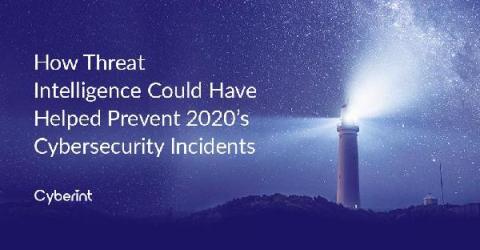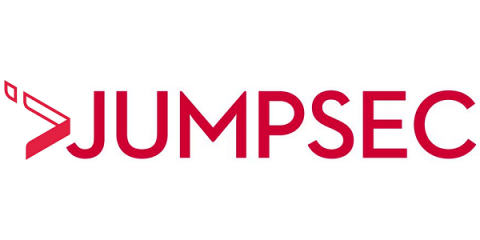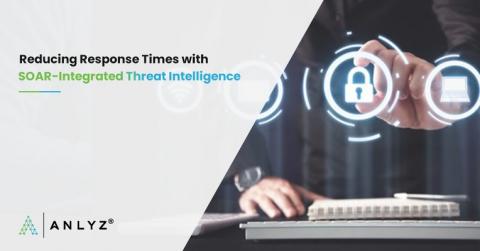Security | Threat Detection | Cyberattacks | DevSecOps | Compliance
Threat Intelligence
How Threat Intelligence Could Have Helped Prevent 2020's Cybersecurity Incidents
Pandemic sees organisations of all sizes and industries invest in CTI
After a year full of unknowns and new normals, knowledge is power. The spike in cyber breaches in the past year, compounded by COVID-related attacks, has only increased the importance of cyber threat intelligence (CTI). The 2021 SANS Cyber Threat Intelligence survey, sponsored by ThreatQuotient, explores the state of play in the global use of CTI and outlines why the difficulties of the past year have contributed to the continued growth and maturity of CTI.
Evaluating The State Of Cyber Threat Intelligence
Cyber threat intelligence (TI), defined as data that offers insight into a threat actor’s motives, targets, and behaviours, has soared in popularity in recent years. These factors have contributed to a TI boom where subscription data feeds proliferate.
Hangin' with Haig: Conversations Beyond the Keyboard with Guest Simon Jones of Helping Rhinos
Where do You Stand on the Top Threat Intelligence Considerations?
We conducted a community survey in January and invited visitors to our website to answer four questions.
Reducing Response Times with SOAR-Integrated Threat Intelligence
Security teams tend to devote a considerable amount of time to investigating warnings that may or may not be "actual" attacks. A false positive occurs when a natural or non-threatening behavior is mistakenly interpreted as malicious. Thousands of warnings may need to be investigated as a result of this. If your security analysts are actively reviewing false warnings, they can spend a lot of time evaluating false alerts before they can start evaluating legitimate threats.
Enhanced exploit database with Farsight risk-based threat Intelligence
Find out how the additions of threat intelligence-led exploit database will enhance and affect your vulnerability management findings in Outpost24.











